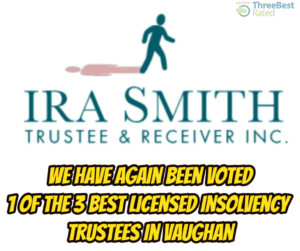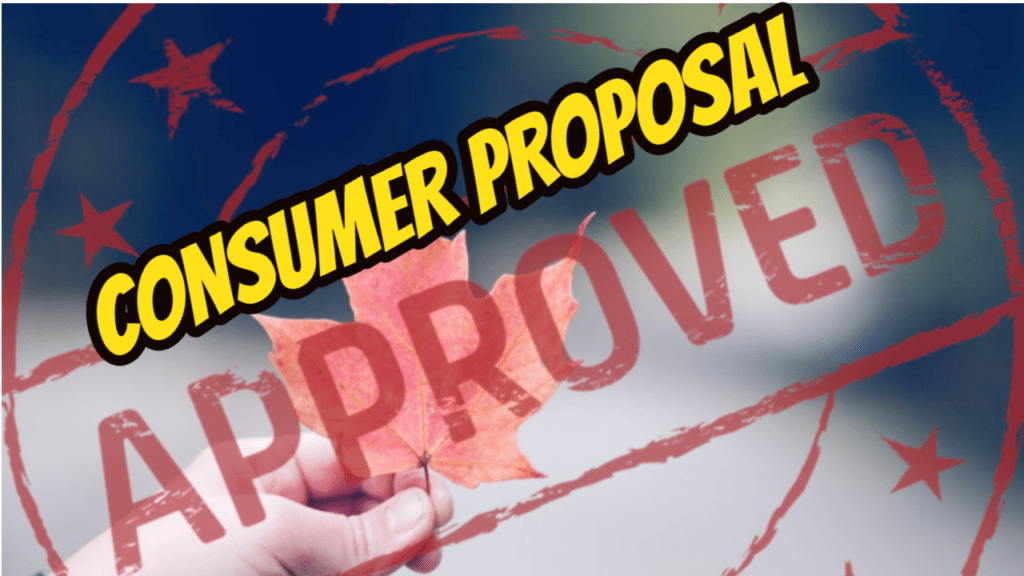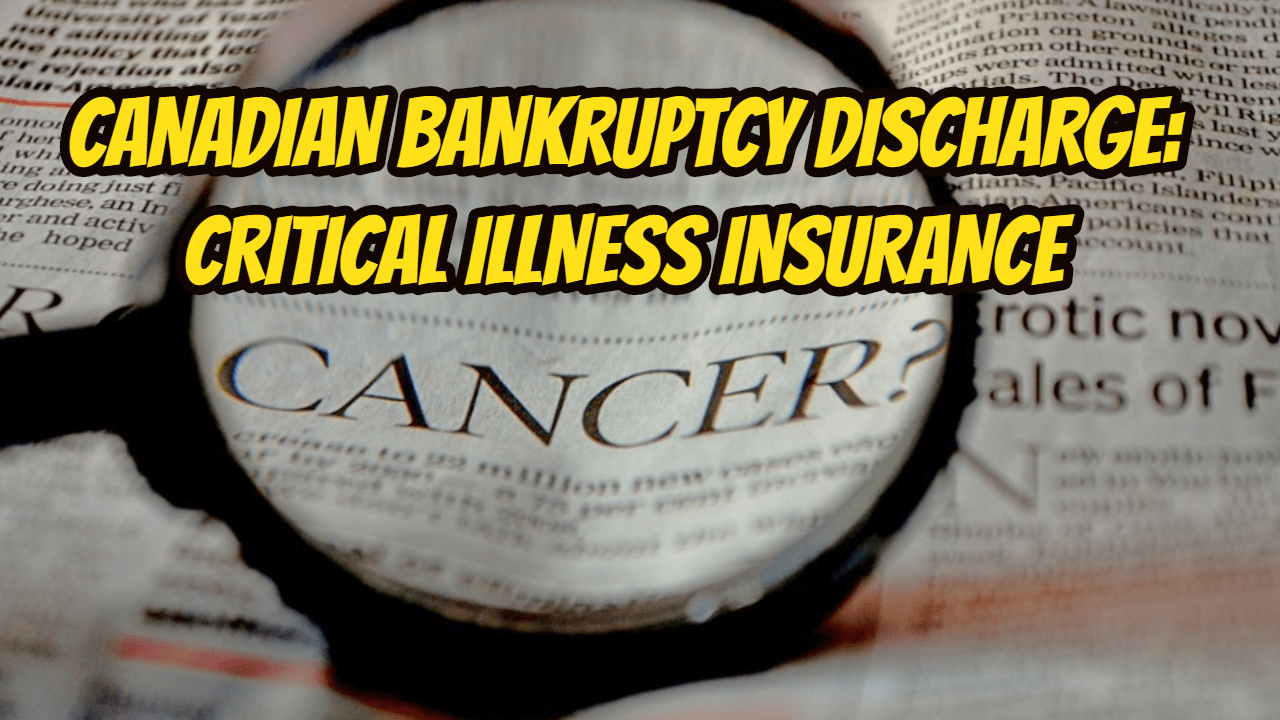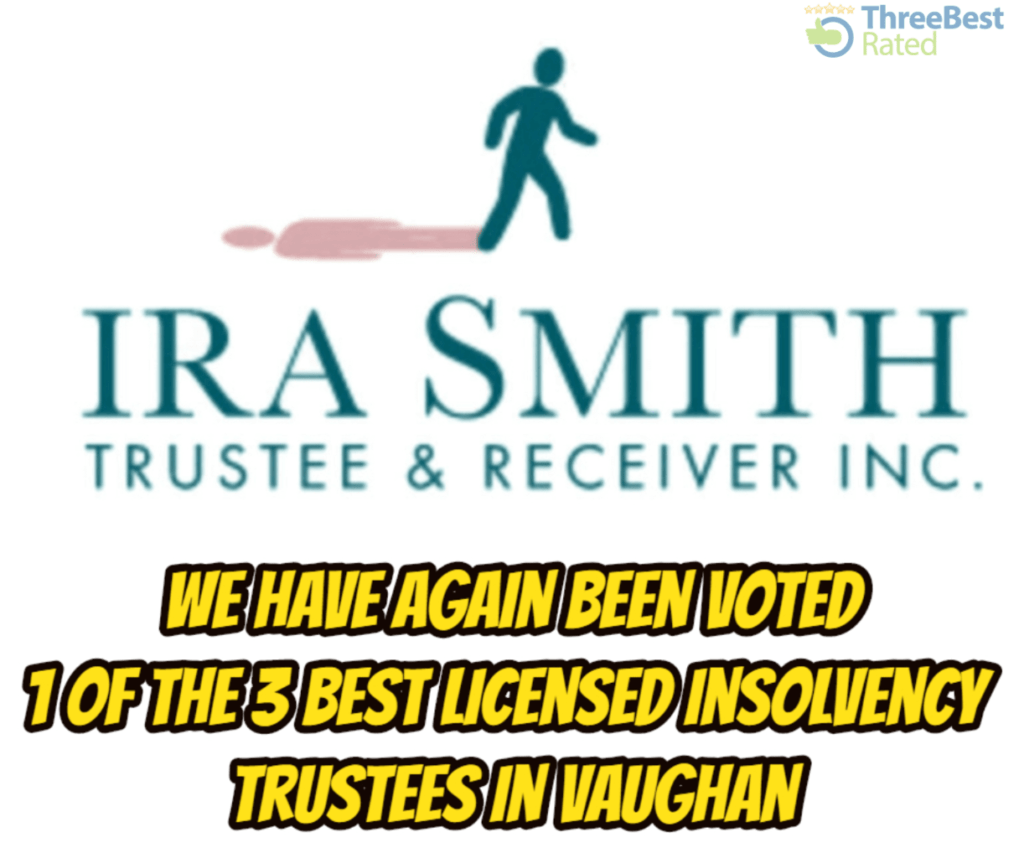Consumer proposal Ontario: Introduction
I am finding that more people are calling me to ask about a consumer proposal Ontario. This is a Canadian federal government authorized program for people to lower their consumer debt.
What is triggering the boost in these queries?
Consumer proposal Ontario: New Ipsos Canadian consumer debt survey
A brand-new study by Ipsos might assist. It paints an unpleasant scene of just how much debt some Canadians are holding on to. Of those asked 31% claim they do not make an adequate amount to pay their costs monthly. More state they are having a hard time to merely to survive. Ontario residents in this predicament are candidates for consumer proposal Ontario.
The study discovers many people are sorry for the sort of spending they’ve done to find themselves with such debt. Peoples’ incomes aren’t maintaining pace with the increase in their costs. I am not just talking about extras; I am also talking about the basics of life such as food and shelter.
Consumer proposal Ontario: Bank of Canada benchmark interest rate hike
At the very same time, on October 24, 2018, Stephen Poloz, the Governor of the Bank of Canada (BOC) announced the Bank of Canada interest rate hike by a quarter-point to 1.75%. This increases the cost of borrowing for Canadians. This is the 5th bump since the summertime of 2017.
The Bank of Canada states that the Canadian economic situation remains running near capacity and is reasonably broad-based. The rising cost of living is close to target so what stands apart is that the current rate at 1.75% is still negative in actual terms adjusting for inflation.
Since the old Free Trade Agreement, the new USMCA appears to be resolved, several think with this 800-pound gorilla out of the room, it’s most likely to unlock the Bank of Canada’s ability to continue with rate hikes.
Consumer proposal Ontario: How will higher interest rates affect you?
If you stay in a variable price home mortgage or credit line, your rate of interest has risen. What that indicates for your capital is that your month-to-month repayment has actually risen. If your home mortgage is half a million bucks, your month-to-month repayment has actually increased by sixty-five dollars.
It does not feel like a great deal. Nevertheless, if your loan(s) rate of interest rises during the rest of the year and right into 2019, that will certainly maintain raising your repayments.
It isn’t simply your variable price home mortgage. Canadians additionally lug debt with credit lines, automobile financings as well as bank cards. Each rate of interest rise will certainly increase the price of borrowing on those variable price financings.
The raised repayments will certainly maintain consumption in your capital. So for those battling to make ends meet, rates of interest boosts will just make life harder. A consumer proposal Ontario won’t help with secured debt, but it will help eliminate unsecured debt
Consumer proposal Ontario: Higher interest costs lead to belt-tightening
To regulate debt, Canadians need to be aggressive with their budgeting. Individuals need to take ways to boost their monetary scenario, such as:
- surrendering the little things that you appreciate setting you back cash
- decreasing variable expenditures
- releasing an evening at the cinema or that day-to-day coffee you always buy
- upgrading and adhering to a well-balanced spending plan
- lowering fixed costs such as rent, home loan repayments or vehicle lease/financing costs
- raising revenue by taking on side jobs
- joining the sharing economy
- talking to a Licensed Insolvency Trustee (previously referred to as a bankruptcy trustee) (LIT or Trustee)
When talking to a LIT, ask about how a consumer proposal Ontario can help you.
Consumer proposal Ontario: Nonetheless, many Canadians are still seeking help
Many Canadians continue to be haunted by debt. They experience remorse towards their existing and future debt scenario. Fifty percent are not certain that they will not have any kind of debt in retired life, while 44% are not certain they will have the ability to cover all living expenditures in the next year, without taking on additional debt.
Some Canadians are thinking about bankruptcy. Their first step must be to go to a Trustee. A Trustee is an expert that is certified by the Office of the Superintendent of Bankruptcy Canada (OSB). The OSB is the government organization that controls the insolvency system in Canada.
Consumer proposal Ontario: A government-approved strategy to end consumer debt
To most of our potential clients’ shock, I have told many that bankruptcy might not be essential for them. Sometimes I suggest that it is possible to remove their debt via a government-approved strategy to decrease consumer debt called a consumer proposal Ontario.
Your government authorized debt settlement program is an offer made to your creditors. The offer is to repay only a percentage of what you owe, over a duration of no more than 5 years.
Consumer proposal Ontario: The benefits to you
There are benefits for you to file such a debt settlement plan. First, you keep your assets. Next off, an approved proposal binds all creditors to the arrangement.
We begin with having the individual complete the standard intake form that we call, the Debt Relief Worksheet. When totally filled in, it gives us a listing of the individual’s assets as well as what they owe. It additionally aids them to budget their income and expenses. Utilizing that info, I am able to formulate a proposal based on your capacity to pay.
The proposal is submitted to the OSB. Once submitted, you can quit paying your unsecured creditors. If creditors are garnishing your income or suing you, those activities are stopped. As soon as the proper documents are submitted with the OSB, I then send out the proposal to every one of your creditors.
The creditors then have 45 days to approve or decline the deal. If creditors are unhappy with the proposal, as the Trustee I can work out changes such as greater payments. However, it all is based on what you can still manage to safely pay.
I tell people that if the proposal is turned down, the individual will certainly need to consider various other alternatives to resolve their monetary troubles. This might include bankruptcy.
Once we get approval, you are then in charge of making routine payments to the LIT as the proposal administrator. The LIT will certainly use that cash to pay your creditors.
As part of the consumer proposal process, you will need to go to 2 counseling sessions in the LIT’s office. This will aid you to get back on your feet monetarily. If you fully complete your plan, you will certainly be legitimately released from your unsecured financial obligations.
Consumer proposal Ontario: There are 2 consumer proposal FAQs everybody asks me
What this affect my credit score?
Yes, it will certainly be influenced, I tell every person. Once the regards to the proposal are fulfilled, people can begin reconstructing their credit history and their economic future.
Just how much does it cost?
The cost is established by the Federal government. How much an individual pays in for an effective consumer proposal is totally unrelated to the allowable government authorized to charge. The Trustee earns the fee from the amount you pay into your debt settlement restructuring plan. So, that means, the cost is FREE!
Consumer proposal Ontario: That freedom feeling
Our clients who complete their consumer proposal are so pleased to get that letter from us enclosing their Certificate of Full Performance. That is the document that confirms they have become debt-free.
The Ira Smith Team has years of experience of negotiating with creditors for debtors. If you owe less than $250,000, other than for any mortgages against your home, you can enter into a consumer proposal debt settlement plan. If you owe more or are a corporation, we can still negotiate with your creditors and restructure you with a restructuring proposal debt settlement plan.
Our approach for each file is to create an end result where Starting Over, Starting Now takes place. This starts the minute you are at our door. You’re simply one phone call away from taking the necessary steps to get back to leading a healthy, balanced hassle-free life, recover your money and move on to the next investment opportunity.
Call us today for your free consultation.















